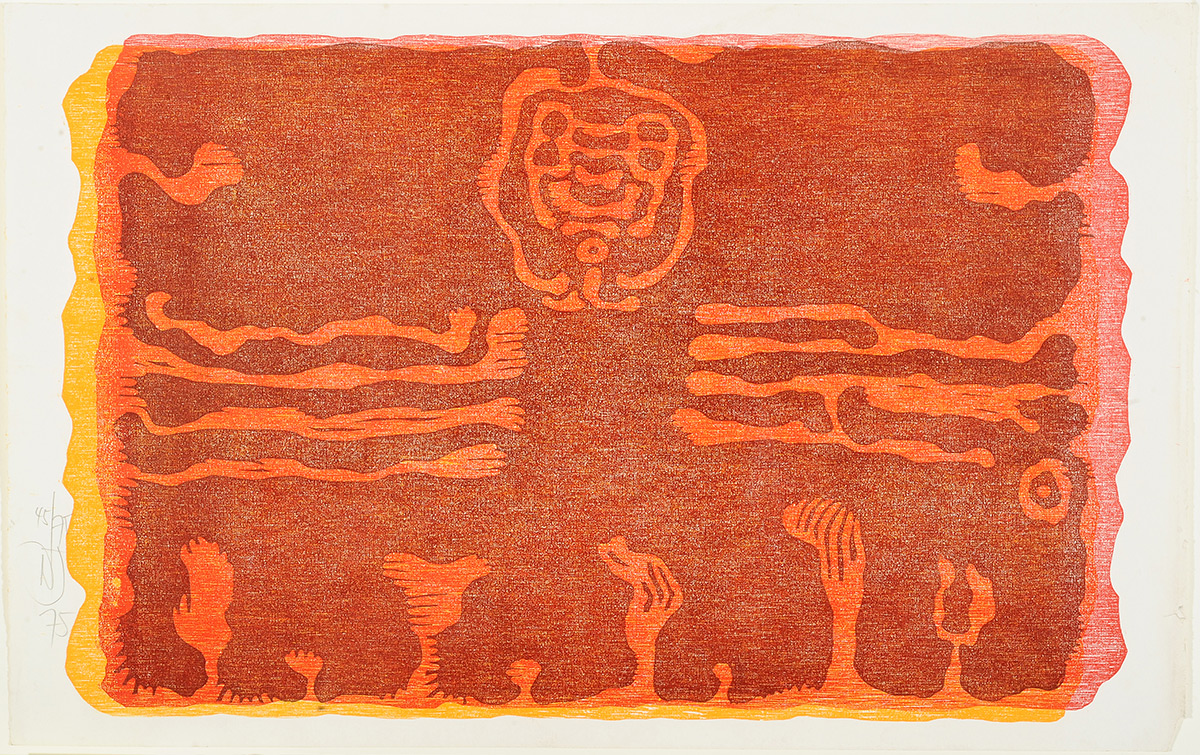Wopko JENSMA (b. 1939)
BIOGRAPHY
Wopko Jensma was a South African poet and visual artist known for his fearless critique of apartheid and his experimental approach to poetry and visual art.
His studies at the University of Potchefstroom were interrupted by a motorcycle accident. However he went on to study Fine Art at Botshabelo Training College and the University of Pretoria, majoring in sculpture. He also worked as an editor for Gerwe Magazine and as a translator for the Afrikaanse Boekhandel Beperk. Jensma worked and travelled extensively in southern Africa in countries such as Swaziland, Botswana and Mozambique. He taught art at Serowe Art School in Botswana.
His mixed-race marriage was not recognised under South African apartheid law.
Jensma was outspoken about racial injustice. His poetry is characterized by its jazz-like rhythm, using language as a means to convey themes of identity and resistance. He used multiple languages in his poems to get the message across. Writing in the Rand Daily Mail, Lionel Abrahams observed: ‘At a time when people are more than ever aware of their colour, even in the arts, Wopko Jensma is the only South African artist in any medium who has transcended the barriers. His work is neither English nor Afrikaans, Black nor White.’ He published several poetry collections, including Sing for Our Execution (1973), Where White is the Colour/Where Black is the Number (1974) and I Must Show You My Clippings (1977).
His woodcuts and graphics frequently addressed the racial inequalities of apartheid. In 1972, Jensma held an exhibition of graphics, entitled Wail for the Beast, at Gallery Y. Woodcuts from this show were incorporated into the 1973 Ophir/Ravan collection of 41 poems, Sing for Our Execution.
Writing in Rapport, Stephen Gray said: ‘It is now time to assert clearly that Wopko Jensma is as important a creative artist as anyone produced by South Africa. His book is not only a collection: it is a phenomenon. It stands at the centre of South African life.’
Jensma suffered from schizophrenia later in life, which significantly affected his artistic output and led to him living in the Salvation Army Men’s Home in until his mysterious disappearance in 1993, after which no trace of him was found.


